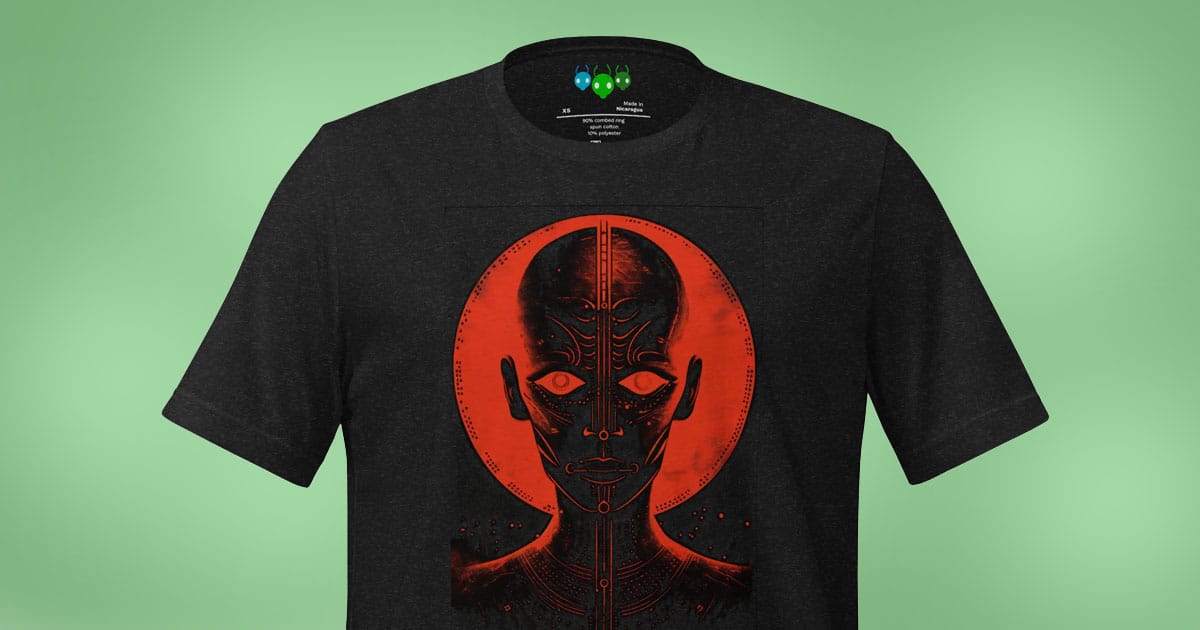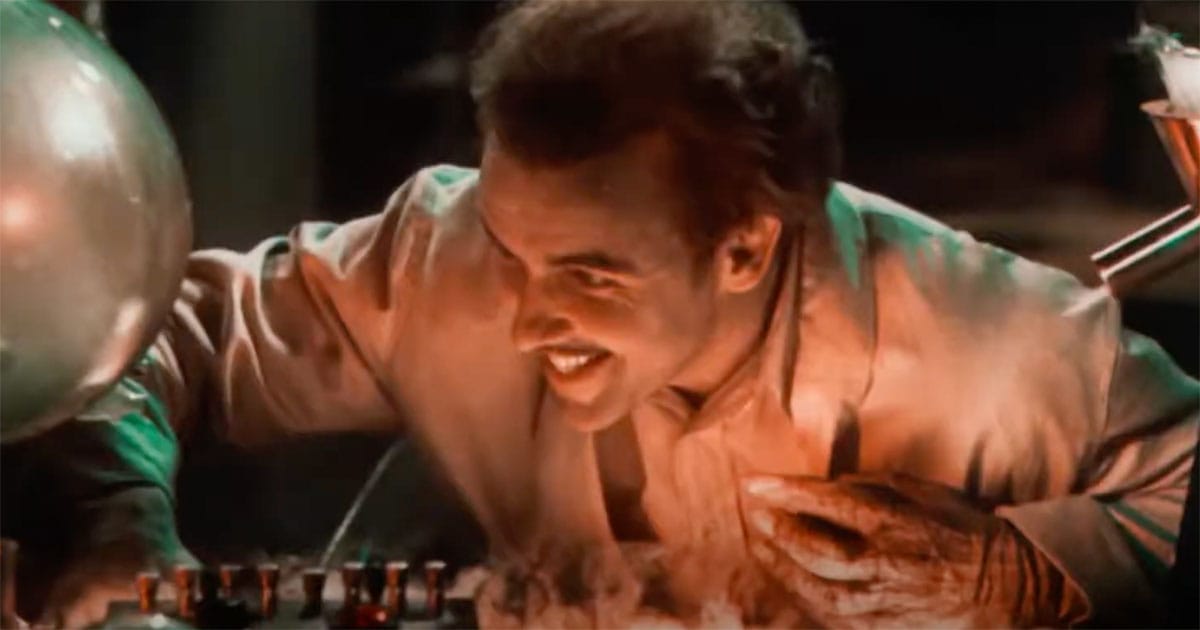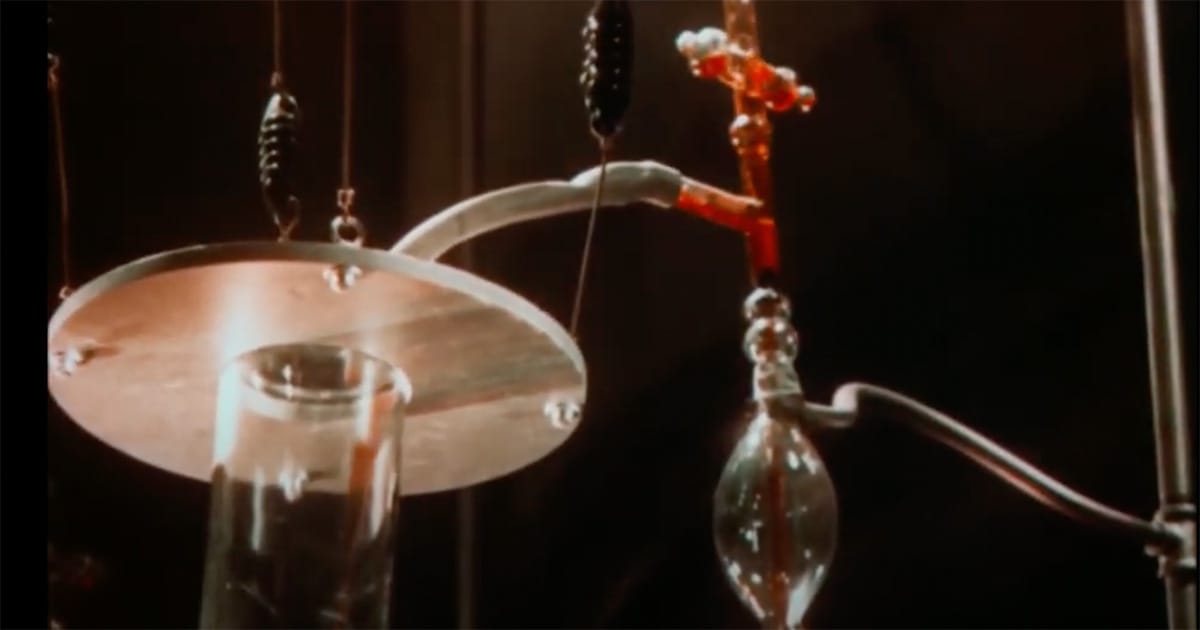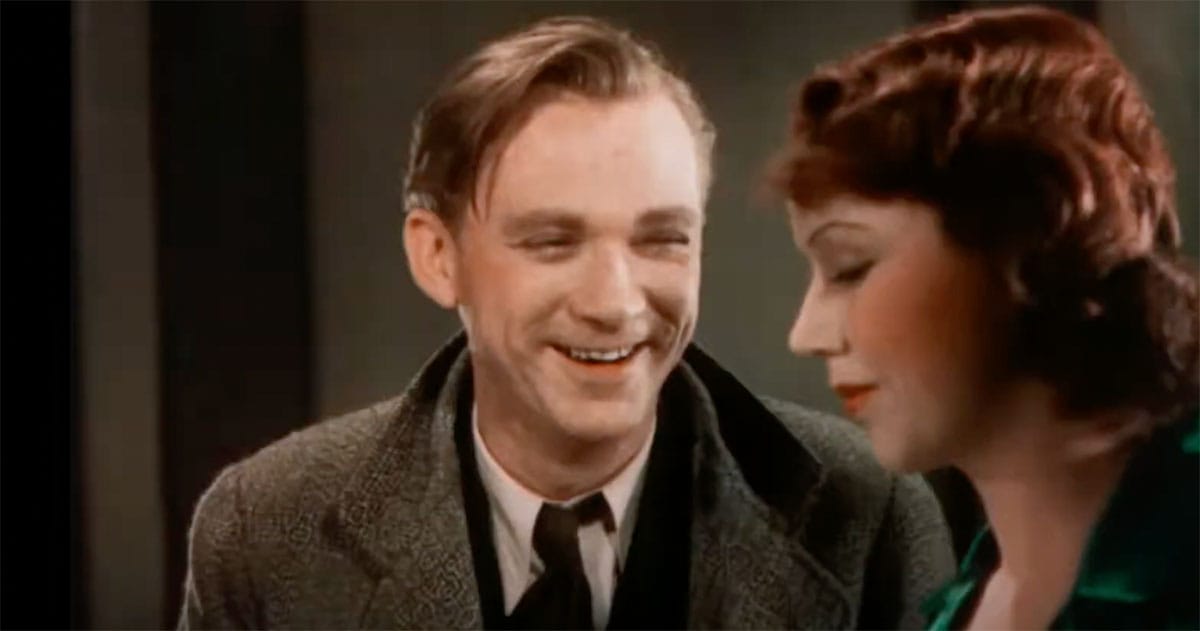The First Science Fiction Film in Color with Doctor X
Explore how 1932’s "Doctor X" became the first sci-fi horror in color, ushering in a new era of visual storytelling with eerie reds, greens, and mad science.

This Week in Classic Science Fiction - Doctor X in color
This week in 1932, Warner Bros. released "Doctor X," the first science fiction horror film shot in color. Using the early two-strip Technicolor process, the film brought audiences a haunting new visual style dominated by reds and greens. The result was a surreal and unsettling atmosphere unlike anything moviegoers had seen before.
Directed by Michael Curtiz and starring Lionel Atwill and Fay Wray, "Doctor X" told a story of cannibalism, mad science, and moonlit murder. It was filmed in both color and black and white, allowing the studio to market it to theaters with or without Technicolor projectors. The decision paid off—the movie was a hit.
"Doctor X" arrived just before the strict enforcement of the Production Code. It's an unfiltered mix of violence, gore, and moral ambiguity that pushed the boundaries of what was acceptable on screen.
The original color version vanished for decades until it was rediscovered and restored. Today, fans can see "Doctor X" as it was meant to be seen—bold, bizarre, and bathed in blood-red hues.
Sponsor: Radiographic Alien Head | રેડિયોગ્રાફિક એલિયન હેડ T-shirt

What better way to celebrate the eerie hues of "Doctor X" than with a shirt that looks like it came from the lab of a Martian pathologist? The Radiographic Alien Head T-shirt isn't just science fiction—it’s speculative biology with style. Designed for fans who appreciate both vintage visuals and extraterrestrial innards, it’s the perfect fusion of alien mystery and retro flair.
The Strange Beauty of Two-Strip Technicolor in Early Sci-Fi Cinema
Before the sweeping blues of deep space or the electric neon of cyberpunk, there was red and green—saturated, shadowy, and strange. In the early 1930s, a handful of filmmakers experimented with two-strip Technicolor, a color process that could only reproduce part of the visible spectrum. Among them was Michael Curtiz, whose film "Doctor X" revealed what horror and science fiction could become when splashed with unnatural color.
The two-strip process, developed by Technicolor engineers in the 1920s, captured red and green channels on black-and-white film stock. Blue, the natural tone of sky and steel, was entirely absent. Skin tones came off sickly or sunburned. Shadows loomed oddly, sometimes glowing. But for science fiction, this imperfection worked.

The Right Kind of Wrong
Instead of creating a natural image, two-strip color crafted a world slightly askew—fitting for stories of monsters, madmen, and machines. While "Doctor X" gets the most attention today, it wasn't alone. Warner Bros. used the same process in other films like "Mystery of the Wax Museum" and "The Runaround." These productions were part of a short-lived effort to make genre films more sensational.
At the time, horror and science fiction were still considered low-tier entertainment. Adding color was a way to attract adult audiences and raise the genre's profile. The industry saw Technicolor as a novelty, but visionary directors saw it as a tool.
Designing with a Limited Palette
What set these films apart was not just the color itself, but how it was used. Directors leaned into the palette's limitations. Lab coats glowed lime green, blood appeared orange, and fire seemed to pulse from the screen. In the absence of realism, filmmakers doubled down on atmosphere.
They built shadowy sets, used expressive lighting, and emphasized grotesque makeup effects. The result was a style that hinted at later expressionist work in noir and fantasy. The color didn't look real, and that was the point.

The Cost of Color
These early color experiments predated the mainstream success of full-color film. Three-strip Technicolor, which captured red, green, and blue, would not take off until the release of "Becky Sharp" in 1935. Before that, most filmmakers stuck with black and white for its reliability and lower cost.
Shooting in two-strip color required more light, special processing, and a limited release strategy. It was a technical gamble. But for a brief time, science fiction benefited from that gamble.
Visual Shock and Narrative Impact
The unnatural hues of two-strip color suited the unnatural stories being told. Mad science became more vivid. Alien threats and unholy experiments gained visual intensity. Audiences didn't expect realism from these films—they expected spectacle.
When "Doctor X" showed glowing flesh and tinted blood, it wasn't just eye-catching. It was unnerving. Color became part of the story, a character in its own right.
A Lost Legacy Found Again
By the end of the 1930s, the two-strip era had faded. Three-strip Technicolor replaced it, offering a broader palette and better fidelity. The genre moved on to new visual languages—muted wartime palettes, atomic-age chrome, and psychedelic 1960s swirls.
Yet there's something haunting about those early experiments. Today, restored versions of films like "Doctor X" let us glimpse what audiences saw nearly a century ago. The restoration process reveals not only the colors but the ambitions behind them.

More Than a Footnote
These films weren't accidents. They were deliberate attempts to push boundaries—narratively and visually—at a time when few studios dared to take risks. In hindsight, two-strip Technicolor was more than a stepping stone.
It was a unique chapter in the visual evolution of science fiction. The colors may have been limited, but the imagination was not.
"Doctor X" Trivia
- "Doctor X" (1932) was the first full-length horror and science fiction film shot entirely in two-strip Technicolor.
- Fay Wray, who starred in "Doctor X," gained legendary status the following year as the female lead in "King Kong" (1933).
- The original color version of "Doctor X" was considered lost until a nitrate print was discovered in Jack Warner's personal collection in 1978, leading to a full restoration in 2021.

